In the depicted 2-3-4 tree below (from Data Structures & Algorithm in Java, 2nd ed), why does inserting 99 cause the node split of 83/92/104 when it seems like 99 could've been inserted into the right child (the C child, into the spot immediately after 97) without any splitting done?
